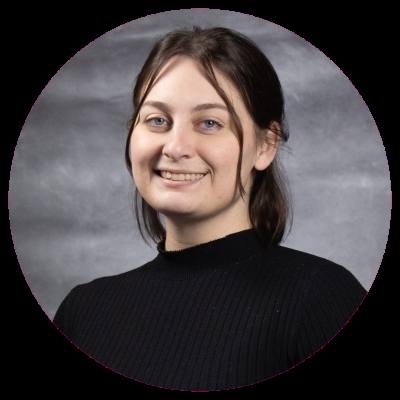Frisco Planning and Zoning Commission members chose to table a vote to approve or deny updated plans for The Mix planned development during their July 25 meeting, stating there were still some details the project applicant needed to finish negotiating before commissioners could vote.
The background
The Mix is a 128.8-acre planned development designed to officially replace Wade Park, a failed planned development approved for the space in 2015.
“The request before [commissioners] this evening, like many amendments to [planned developments], is to repeal the PD in its entirety and replace that with a new one,” Senior Planner Jonathan Hubbard said.
Plans for Wade Park ultimately fell through due to financial issues, leaving behind empty space and a large hole where an underground parking garage was never finished.
“One of the first things people talk to me about when they hear I'm on the planning and zoning commission is they say, ‘What are you doing with the giant hole?’” Commissioner Jake Petras said. “This is the first opportunity we've had to look at that.”
The details
The Wade Park development was approved in 2015, meaning the area’s existing ordinance does not include more recent city policies regarding the number of multifamily units.
“Wade Park was adopted prior to City Council's policy for mixed-use development, that being the 55 acres to a unit based on a future land use plan designation,” Hubbard said. “Based on that policy, you could have just over 1,500 residential units approved for this property.”
Plans for Wade Park included 2,800 residential units, while The Mix is proposing 3,299 units, Hubbard said. Other features of The Mix include a Whole Foods, an underground parking garage, more than 16 acres of open space, multiple Class A office buildings and more all built over the course of four phases.
Plans for The Mix also include some hotel buildings with residential spaces available above the 15th floor, according to meeting documents.
The conditions
A major reason behind tabling the vote was city staff highlighted five items in which the applicant’s proposals and staff recommendations did not align.
- An “earn-out” of one residential unit earned for every 1,000 square feet of office space for the last 1,511 units
- Staff recommends 800 of the 1,511 units be earned at a rate of one unit per 1,000 square feet of office or retail space. The remaining 711 units would not be built until a minimum of 2.4 million square feet of office or retail space is built on the property.
- The definition of Class A office space, which the applicant defines as at least three stories high unless it is located along the Dallas Parkway frontage road, where it would be at least seven stories
- The minimum height for the buildings in the designated Tollway District
- The timeline for incorporating the 16.5 acres of open space throughout the development
- While the 16.5 acres is above the minimum 10% requirement mandated by the city, the plans do not have the spaces installed at once and instead over time, which could be a problem for the city, Hubbard said.
- The materials for fences installed near the townhomes
Representatives from developer JVP Management and architecture firm Torti Gallas + Partners as well as city staff were able to work out two of the disagreements, the fence materials and the timeline for incorporating open space, in real time during the meeting.
However, the remaining three require further discussions.
“I don't think we're ready because we still have three things to work out,” Kelly said.
What happens next?
Choosing to table the vote gives the applicants until the commission’s Aug. 22 meeting to work out the three remaining disagreements.
“We want this project to move forward,” commission Chair Jon Kendall said. “There’s not a lot of people that can put together a legitimate $1.5 [billion]-$2 billion project.”





